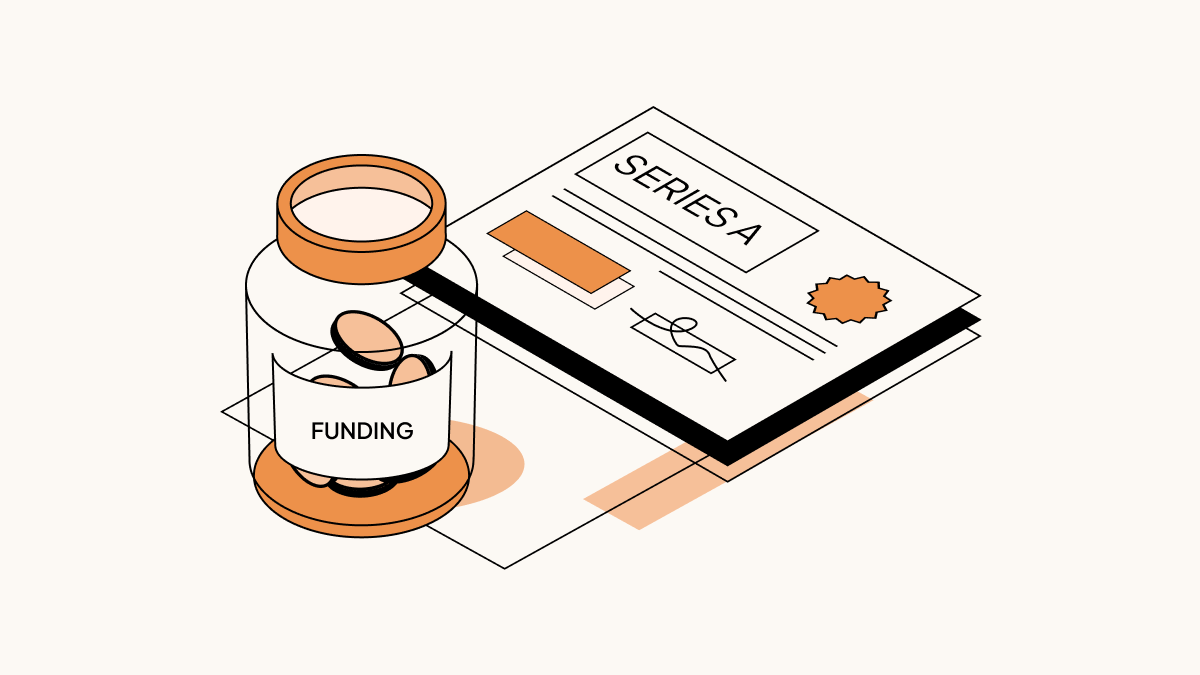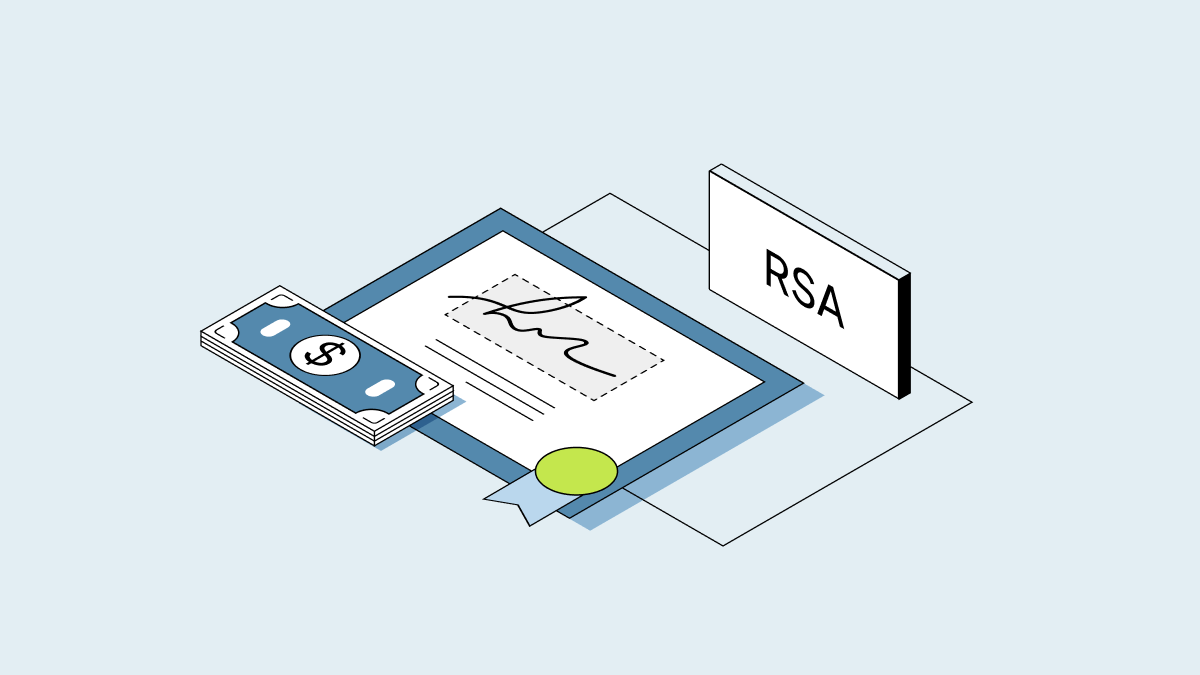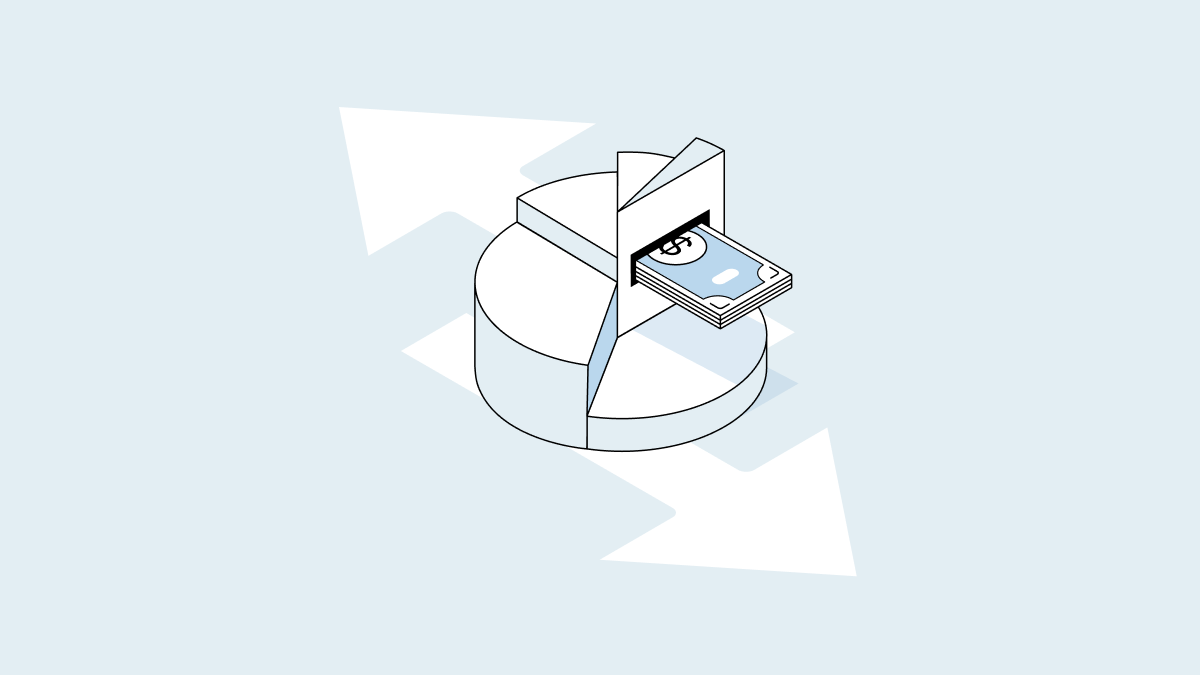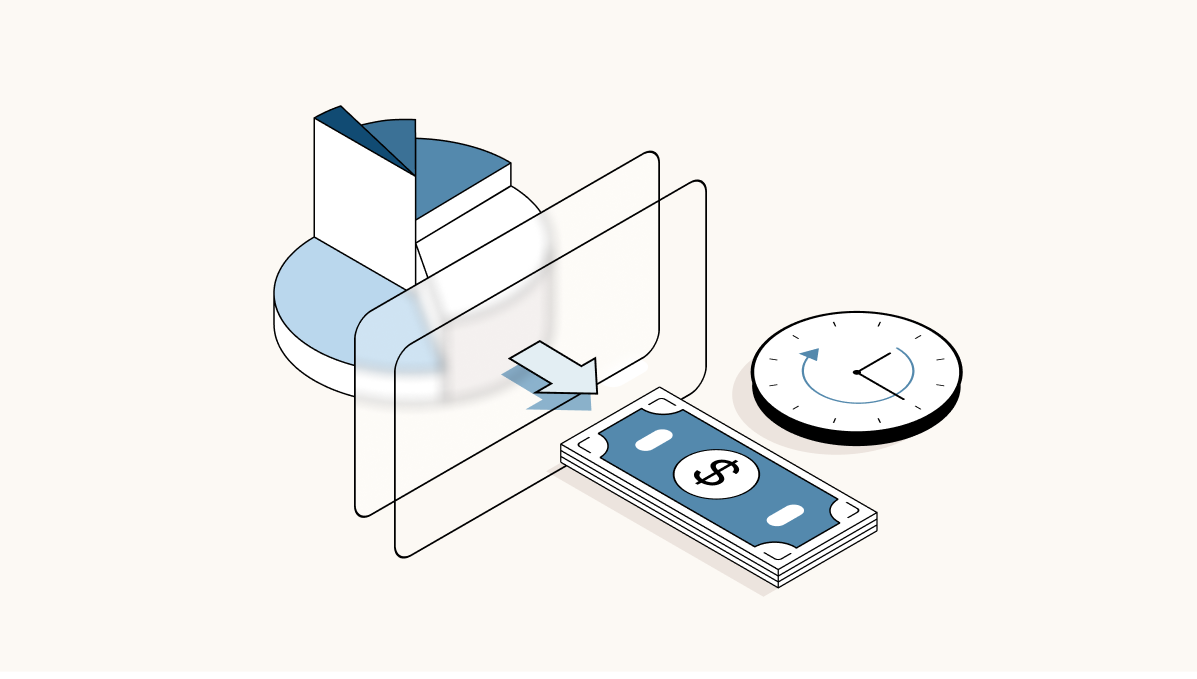You can’t run a successful startup without money. For very early-stage companies, seed money can come from yourself (known as “ bootstrapping”) or from other sources of capital raised from angel investors or friends and family.
But after seed funding comes the next major step in your startup’s journey: the Series A funding round.
What is a Series A funding round?
The Series A funding round is a company’s first round of institutional funding, typically from venture capital investors (VCs), private equity firms, or other financial firms that specialize in backing startups.
When to raise Series A
You might pursue a Series A round when your company outgrows its initial funding sources (such as pre-seed funding or seed funding) and when you’ve achieved certain milestones (proving market viability, gaining early traction, or building a solid founding team).
The Series A round is typically the first priced round your company raises, meaning that investors place a value on the company as part of their Series A offer, from which a share price is derived for your company’s preferred stock. This is in contrast to seed rounds raised on convertible instruments, which typically do not include a stated share price at the time of investment.
Why is it called a Series A round?
The established naming convention in the VC industry and among startups is that priced, institutional financing rounds carry the “Series” nomenclature. “Series A” suggests it will be followed by subsequent funding rounds, which is often the case, but not always (for example, if the company doesn’t survive until the next funding round, is acquired, or goes public before then). The next rounds of funding are denoted alphabetically—Series B, Series C, Series D, and so on.
While the names of funding rounds may be similar, it’s critical to keep funding rounds distinct and accurately tracked. Each round comes with its own set of terms and conditions, and a proper accounting of each round is necessary to determine ownership percentages of all stakeholders—as well as how and when proceeds, if any, will be distributed in the case of a liquidity event, such as a sale or listing on a public stock exchange.
Series A vs. Series B
The Series B round and following rounds can help expand your market reach, grow your company internally, and increase revenue. By the time you reach a Series B round, you should have a significant user or customer base, plenty of traction, and a proven record of revenue growth. Investors usually come in during these later rounds to help with business development and expansion.
|
Series A |
Series B | |
|
Median cash raised |
$6.4M |
$12M |
|
Median pre-money company valuation |
$40M |
$90M |
|
Median dilution |
15.5% |
12.9% |
|
Investors |
Early-stage investors, including angels and VCs |
VC firms that focus on mid-stage investments and existing investors in the company |
Source: Carta’s State of Private Markets Q1 2023 Report
How big is a Series A investment?
Series A financing is not limited to any particular size, but in recent years Series A rounds have tended to range from $5 million to $15 million. The size of Series A rounds depends on market conditions and investors’ appetite for risk, as well as the company’s needs as it focuses on establishing product-market fit, hiring employees, and making other expenditures as their company begins to grow.
According to Carta data, the median Series A funding round in the first quarter of 2023 was $6.4 million.
What does a company receive in its Series A round?
The most important element a company receives for its Series A round is money. Once the round is finalized, VCs provide funding, which can be used for day-do-day operations, product development, strategic initiatives, or any other business purposes. Series A rounds can sometimes be “tranched,” meaning investors provide the overall funding amount a little at a time, upon reaching certain milestones.
In addition to funding, you may also receive the benefit of a close relationship with VC investors from a Series A round. An experienced board member, for example, can serve a valuable role for a growing company, leaning on their own industry experience to offer strategic guidance.
Venture capital firms can also connect you to other founders of companies in the firm’s investment portfolio, which could lead to networking opportunities or strategic partnerships. These benefits are present in Series B funding, Series C funding, and later funding rounds as well.
What do Series A investors receive for their investment?
In exchange for their investment, Series A Investors (and investors in subsequent rounds) receive an equity stake in the company. In effect, the investors become part owners of the company.
This incentivizes investors—if the company grows and eventually is acquired by another company or goes public in an initial public offering (IPO), investors can see a return on their investment.
The individual investor who sponsors the investment, usually a partner at a VC firm, may also receive a seat on the company’s board of directors, giving that person closer insight into the company’s growth and influence over decision-making.
How to get Series A funding
The typical scenario for raising a Series A funding round for your startup will follow most or all of these steps:
The decision
First, your company decides it’s ready to raise an institutional round of funding, believing it can make a credible case for why investors should take a chance on your idea.
Investor pitches
You’ll create a slide presentation known as a pitch deck, introducing yourself and other founders, the product, the competitive advantage, the size of your target market, and your vision for how the company will succeed.
Investor meetings
Meetings with potential investors from one or more VC firms follows. Ideally, multiple firms will be interested enough in your idea to provide financing, introducing competition into the funding round and potentially driving up the offer amount and terms.
Term sheet negotiations
If your company makes its case successfully, one or more investors produces a term sheet—a document expressing an offer to invest and including the amount of the proposed investment, the proposed valuation of the company, and other details.
Term sheet acceptance
You and your co-founders or execs will then select which offer(s) to accept and sign a term sheet. A selected investor may become the “lead” investor and may bring other investors into the round.
Legal negotiations and deal closing
Investors and their legal counsel may conduct additional due diligence to confirm certain aspects of your company’s financials, funding history, backgrounds of its founders, or other aspects of the company. Your lawyers will negotiate the full transaction documents with your investor’s lawyers, which must be finalized before the deal closes and investors send funds to the company. This stage can last six to eight weeks after the term sheet is signed.
Series A rounds and convertible securities
A key feature of the Series A round, often differentiating it from later rounds, is the conversion of seed-stage shares into actual priced shares.
In seed-stage financings, companies typically issue convertible securities to investors in exchange for funding, with the promise that those securities will convert into actual shares when a price-per-share is established at the Series A financing. For this reason, Series A rounds, and the serial funding rounds that follow, are known as “priced” rounds.
→ Learn more about the difference between priced rounds and convertible securities
The Series A round, as the first priced round, is the round at which securities issued at the seed stages convert into actual preferred shares.
Convertible notes vs. SAFEs
The most common convertible securities are convertible notes and SAFEs (Simple Agreements for Future Equity).
A convertible note is debt—the investor provides your company with funding that must be paid back, with interest, either in the form of shares or cash, when the debt matures.
SAFEs are not debt and do not have an interest rate or maturity date, but otherwise function in a similar way—the investor provides funding with the agreement that they will receive shares of your company once it knows what those shares are worth.
The conversion of shares in a Series A round, and the implications on ownership percentages, prices paid per share, and other deal terms, make it essential that startup founders keep careful track of their cap table by the Series A stage at the latest.




